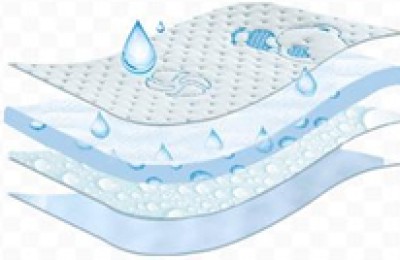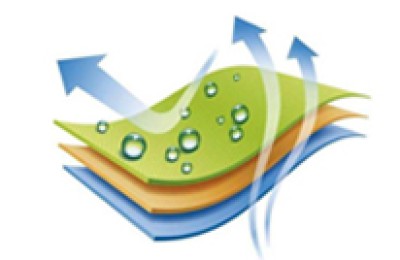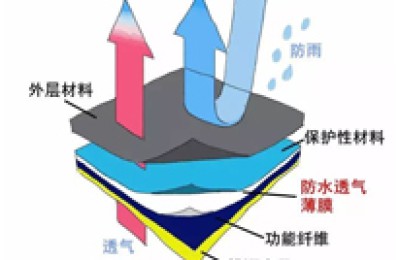There are many reasons for the formation of white spots during dyeing, such as water spots in the dyeing base machine and water spots in the reduction steamer. If the water spots in these places are whiter, they will appear in the front position, and if they are lighter, they will occur in the back position. The relatively round ones are produced or splashed in places where the height difference of the distribution route is small, while the long water spots are produced in places where the height difference of the distribution route is large.
Some white spots are caused by woven bag strips rolled on the rolling wheel of the mercerizing machine, causing white spots to appear during dyeing. If cotton wool is rolled on the rolling wheel of the mercerizing machine, dark spots will appear during dyeing. Other causes of white spots include wax spots, alkali mud, rotten cotton spots, etc.
Handling of fabric quality
If the quality of the gray fabric is good during production, the dyeing rate will be high and the dyeing depth will be good. And the cloth surface is smooth, uniform and plump; if the quality of the gray cloth is poor, the stained white stars and cloth stripes will be serious. Therefore, when encountering gray fabrics containing dead cotton and a lot of impurities, it is necessary to strengthen the pre-treatment process. While ensuring the safety and reliability of production, the cotton impurities should be treated as cleanly as possible, and the dead cotton should be cooked thoroughly to improve the dye uptake rate and the quality of the dyed fabric products.
Cold pile pre-treatment of fabrics is now used by many companies because of its energy saving. However, the effect of cold pile on removing cotton impurities and slurry is poor, and the fabric is relatively stiff, so it is easy to wrinkle during dyeing and the fabric is not guided. The stick is prone to stains and stains, so less viscous additives should be added during dyeing production, such as anti-migration agent, whitening agent NT-2, etc.
Processing of polyester brushed fabrics, pure cotton and other thick fabrics
Production of polyester brushed fabrics For thick fabrics such as fabrics or pure cotton, if the cleaning effect of bleaching and production is poor and the cotton wool is not cleaned properly, some fine cotton wool will stick to the cloth surface, which will be more difficult to remove after rolling by the rolling mill, and white spots will form during dyeing. Some dyed white spots are not obvious after using the machine, but if you rub the cloth surface with your hands in reverse, the cotton wool will fall off and many white spots will be exposed. There are also tiny lints stuck to the cloth surface that are very difficult to remove and difficult to detect even after continuous dyeing. However, when it is necessary to add anti-wrinkle, rainproof, cross-linking agents and other viscous additives during tentering, the lint will stick down and be exposed. White spots.
Therefore, the white spots caused by cotton wool should not be underestimated. When producing sanded products, attention should be paid to diligently cleaning the cotton wool in the sanding machine blower, exhaust fan, and bristle roller to prevent it from adhering to the cloth surface and passing out of the cloth. It is difficult to wash off after being rolled over by a rolling car. If the cotton wool is still not clean after cleaning on both sides, you can brush it again with a bristle roller on the sanding machine, and then the dyed cotton wool will be clean.
Poor quality fabric processing
For fabrics with more cotton and dead cotton, Increasing the alkali concentration (220g/L) during mercerization can effectively improve the quality of colored fabrics and reduce white stars and fabric streaks.
Be sure to pay attention to the aurora prints during the production process after sanding, because once there are aurora prints, white spots will form during dyeing. Therefore, the rolling and guide cloth should be used during mercerization and alkali washing after sanding. There should be no hard objects stuck to the stick, and frequent inspections are required. If any white spots with aurora marks are found during dyeing, they should be treated first and then dyed.
When dyeing polyester-cotton brushed fabrics (disperse/reactive dye two-bath method), I have encountered that white spots were found during the production of disperse dyeing, but not enough attention was paid until the white spots were found to be very serious during the over-dyeing. deal with. The only way to deal with the aurora print on brushed cloth is at the expense of the sanding effect of the brushed cloth. Use a higher alkali concentration and then mercerize, so that the rough texture of the cloth surface outside the aurora print is the same as that of the aurora print, so that the dyed white spots caused by the aurora print will no longer appear. . </p







